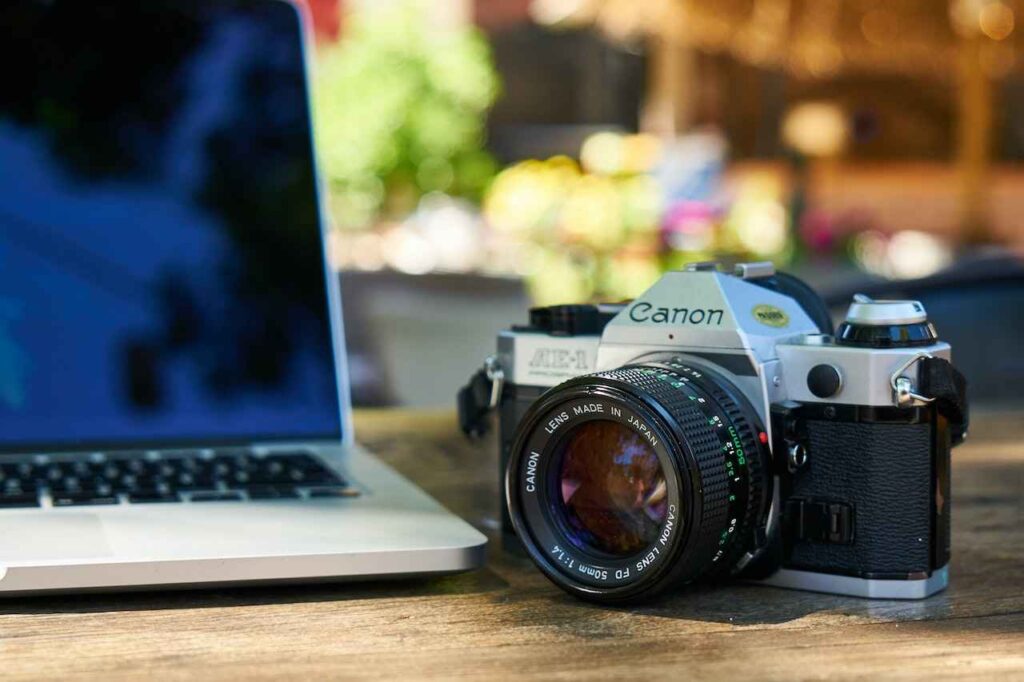What Is FPS in a DSLR Camera: Understanding Frame Rates for Professional Photographers
When talking about DSLR cameras, one of the commonly tossed around terms is FPS. But what exactly does FPS mean, and why should professional photographers care about it? Frames Per Second (FPS) essentially refers to the number of individual frames or images that a camera can capture in one second. For professionals, understanding the nuances of FPS in DSLR cameras can be a game-changer.

Why FPS Matters in DSLR Cameras
One of the primary reasons FPS is crucial in DSLR cameras is its impact on the ability to capture action. High FPS allows photographers to take multiple shots in a short span of time, which is invaluable when capturing fast-moving subjects like athletes, wildlife, or any other rapid sequences.

The Technical Side of FPS
The mechanics behind FPS in DSLR cameras involve complex engineering. Higher FPS rates require advanced processor capabilities to handle the increased data load. This is why you'll often notice that top-tier DSLR models boast high FPS rates, which are perfect for specialized photography needs.

Comparing FPS Rates Across DSLR Models
- Entry-level models: ~3-5 FPS
- Mid-range models: ~5-8 FPS
- High-end models: ~8-14 FPS or higher
Different DSLR models offer varied FPS rates. For budding photographers, entry-level models with around 3-5 FPS may suffice. However, professionals seeking to capture decisive moments would opt for mid-range to high-end models offering 8-14 FPS or more.

Real-World Applications of FPS in Photography
In practical terms, a higher FPS can drastically improve the odds of getting that perfect shot. For sports photographers, an 8-14 FPS rate can capture the precise moment a basketball soars through the hoop or a sprinter breaks the finish line. Similarly, for wildlife photographers, higher FPS ensures capturing fast-moving animals in their natural habitats.
FPS and Camera Settings
Adjusting the FPS settings in your DSLR can vary depending on the model and brand. Some photographers prefer to set their cameras to a lower FPS to save memory space, while others maximize it to get the most shot opportunities. It's essential to balance FPS with other settings like ISO, Shutter Speed, and Aperture for optimal results.
Optimizing Your DSLR for High FPS
To make the most out of your camera's FPS capabilities, ensure that your DSLR is in top condition. Regular maintenance and keeping your camera clean can help. For insights on keeping your camera in optimal condition, you can follow this guide.
FAQs
-
Q: What FPS is ideal for sports photography?
A: For sports, an FPS rate of 8-14 is generally ideal to capture the rapid movement and critical moments.
-
Q: Does a higher FPS always mean better photos?
A: Not necessarily. A higher FPS provides more options to choose from but doesn't inherently improve photo quality. Balancing with other camera settings is crucial.
-
Q: How can I increase the FPS on my DSLR?
A: Increasing FPS is usually dependent on the camera's hardware. Ensure all settings are optimized and the camera is well-maintained. Refer to your camera's manual for more specific instructions.
As professional photographers, constantly staying updated about your tools can significantly improve your craft. Learn more about which DSLR cameras might suit your needs best.
As an Amazon Associate, I earn from qualifying purchases.

